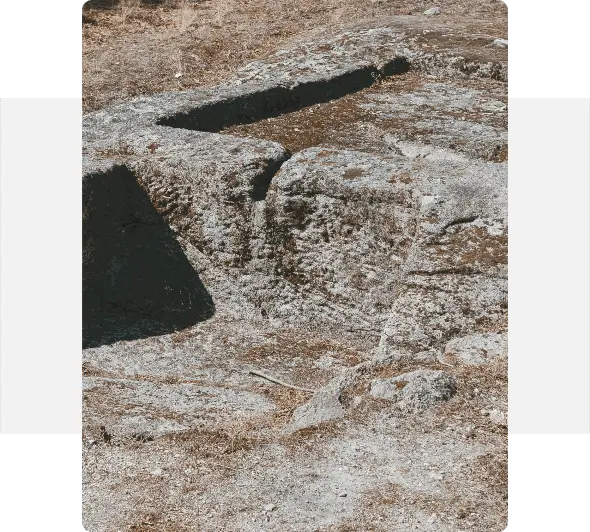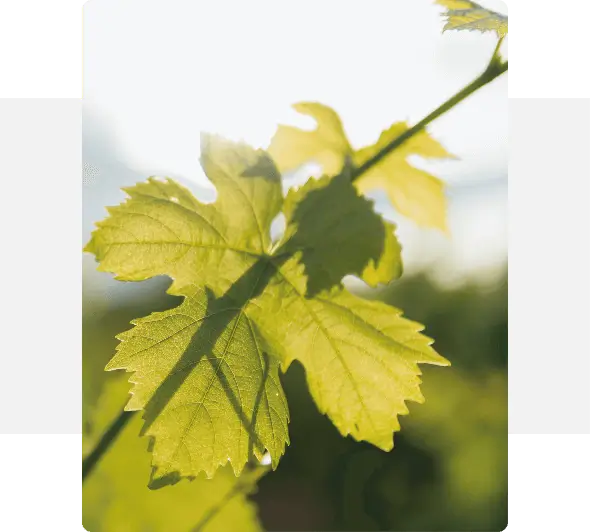CRDO Monterrei History
The history presents a territory strongly linked to the production of wine for 2000 years, starting with the Roman owner who established his agricultural villa of A Muradella in Mourazos (Verín), where the sculptural group 'Dionisos and Ampelos' was found (kept in the Archaeological Museum of Ourense) to the approval on 25th November 1994, by the Consellería de Agricultura, Gandería e Montes da Xunta, of the Regulation of Denomination of Origin Monterrei.

All this, without forgetting the role of religious orders in the expansion of vine cultivation in the region, or the Puebla de Verín Charter (1183) which included legal provisions on the use and marketing of wine. As an anecdotal data, we must remember that Felipe II named Mr. Gaspar de Zúñiga Acevedo y Velasco viceroy of the two Americas (Mexico and Peru), who was V count of Monterrey, who took with him people from the area, and with them the influence of viticulture practices and varieties, that would probably leave their mark on the new continent.
In addition, it should be noted that in Monterrei is the most relevant network of rock presses in Galicia. These presses are the bases of presses for crushing grapes excavated in natural rock outcrops. Most of them would be intended initially for the production of white and/or claret wines, and in some later adaptations were made to be able to make red wines. In our D.O. are located more than 50 presses, of different sizes and morphologies, which are located at the foot of vineyards or in castros.



In the 18th century, the vineyards were omnipresent in the region, being collected in the interviews of the cadastre of the Marquess of Ensenada. In 1965 the Cooperative of Monterrey was created to promote the marketing of wine from the area, which went on to buy 4 million kilograms of grapes a year to 600 winegrowers in the region.
The emigration, the closure of this winery and the abandonment of the lands were about to lead to the disappearance of the vineyard. However, from the 80 s began to carry out a profound restructuring of the vineyard, and also bet on quality wines, which led to the resurgence of this wine region, and therefore, the birth of the D.O. Monterrei.
Discover a landscape surrounded by colours of wine. A land’s history and

